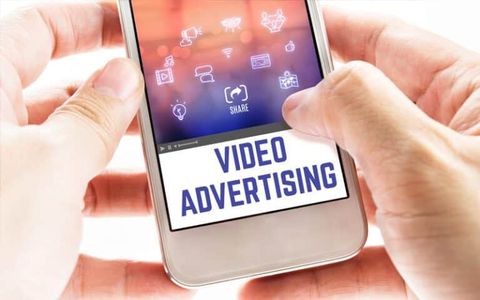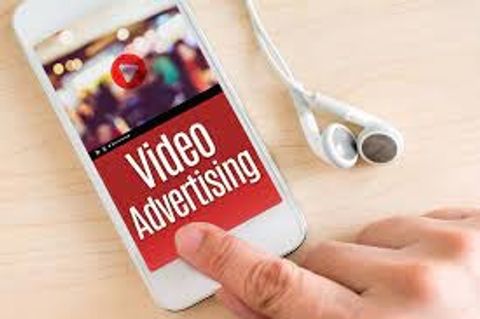Exploring Video Advertising Platforms: Tips, Knowledge, and Key Information
Video advertising platforms are digital systems that allow businesses and creators to deliver video ads across multiple channels such as social media, streaming services, websites, and connected TV. They exist to simplify the process of creating, targeting, and measuring video ads while giving publishers ways to monetize their video inventory.
These platforms emerged as online video consumption grew rapidly. With faster internet and the rise of mobile and streaming, audiences increasingly preferred video over static content. To meet this demand, platforms developed sophisticated tools for advertisers and publishers to connect through video.
Why Video Advertising Matters Now
Video advertising has become essential in today’s digital economy because it:
-
Captures attention better than text or images alone.
-
Appeals strongly to younger demographics, who consume most of their media via video.
-
Delivers measurable engagement, offering insights into reach, watch time, and conversions.
-
Allows for storytelling that builds trust and brand recognition.
-
Helps publishers, influencers, and content creators generate sustainable revenue streams.
This shift addresses challenges such as banner blindness and declining performance of traditional ads, replacing them with more immersive, engaging experiences.
What’s New in the Past Year
Several developments have shaped the video advertising landscape recently:
-
Major professional networks expanded their video offerings, with more creator-led and branded video series.
-
Generative AI tools for video creation became mainstream, enabling faster production of customized ads.
-
Automation of ad creation—including video, images, and text—has accelerated, making it easier for smaller businesses to compete.
-
Video advertising on connected TV and smart TVs has surged, attracting budgets traditionally reserved for television.
-
Creator-generated content has grown to become a primary driver of advertising revenue, even surpassing traditional media in some markets.
-
Streaming services have begun experimenting with AI-generated or hybrid ads tailored for small and medium enterprises.
These shifts highlight how quickly the video advertising ecosystem evolves, with AI and creator-driven content standing out as the most significant forces of change.
Regulatory and Policy Landscape
Video advertising is shaped by a combination of global and platform-specific policies:
-
Privacy laws such as GDPR in Europe and CCPA in California limit how data is collected and used for ad targeting.
-
Advertising standards ensure that video ads meet ethical and safety guidelines, including truthfulness and protection for minors.
-
Platform policies govern what types of content are eligible for monetization and how advertisers can target audiences.
-
AI transparency requirements are emerging, with increasing calls for clear labeling when ads are created or influenced by generative AI.
-
Fraud prevention measures are being strengthened to ensure that advertisers pay only for genuine, viewable impressions.
Staying compliant with these laws and standards is vital for advertisers and publishers alike, as violations can result in penalties, reputational damage, or reduced reach.
Helpful Tools, Platforms & Resources
Video Advertising Platforms & Networks
-
Programmatic video platforms that automate ad buying across connected TV, OTT, and digital environments.
-
Video ad networks that connect advertisers with publishers for in-stream, out-stream, and rewarded ad placements.
Video Marketing Platforms
-
Tools for creating, editing, hosting, and distributing video content, with built-in analytics and optimization features.
-
Platforms offering AI-assisted editing, captioning, and script generation for faster production.
Emerging Formats
-
Short-form vertical videos optimized for mobile.
-
Shoppable video formats that integrate e-commerce.
-
Silent videos with captions designed for sound-off viewing.
-
Live streaming and video podcasts that encourage direct audience interaction.
Industry Reports and Analytics
-
Annual industry studies that track digital ad spending, forecast trends, and provide benchmarks.
-
Tools that measure ad performance metrics such as viewability, click-through rate, and brand lift.
Frequently Asked Questions
What’s the difference between a video ad network and a video marketing platform?
A video ad network connects advertisers with publishers to deliver video ads, while a video marketing platform helps businesses create, manage, and analyze their own video campaigns.
Are AI-generated video ads reliable?
AI-generated ads are increasingly common, offering speed and personalization. However, most businesses still combine AI tools with human oversight to ensure accuracy, creativity, and compliance with advertising standards.
What formats are most effective in 2025?
Short-form vertical videos, silent-friendly clips, shoppable videos, and connected TV ads are leading formats due to their ability to engage audiences across multiple devices.
Which platforms dominate video ad spend?
YouTube, Meta platforms, TikTok, Amazon, and LinkedIn hold a large share of global video ad spending, reflecting the size of their audiences and their advanced ad tools.
How should advertisers adapt to privacy rules?
Advertisers should use privacy-first targeting strategies, maintain transparency with audiences, and comply with platform and government rules to build trust and avoid penalties.
Final Thoughts
Video advertising platforms have become a cornerstone of modern communication and commerce. They provide opportunities for businesses and creators to tell stories, engage audiences, and generate measurable results. With AI innovation, creator-driven content, and evolving consumer habits, the landscape continues to transform rapidly.
For advertisers and publishers, understanding the tools, policies, and trends shaping video advertising ensures not only compliance but also effectiveness in reaching audiences where they spend most of their time—watching video.






